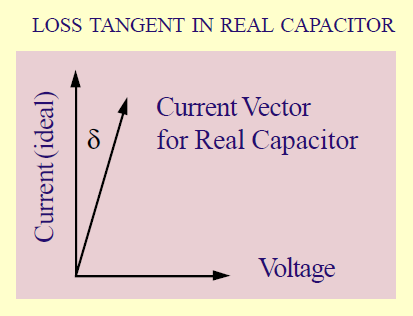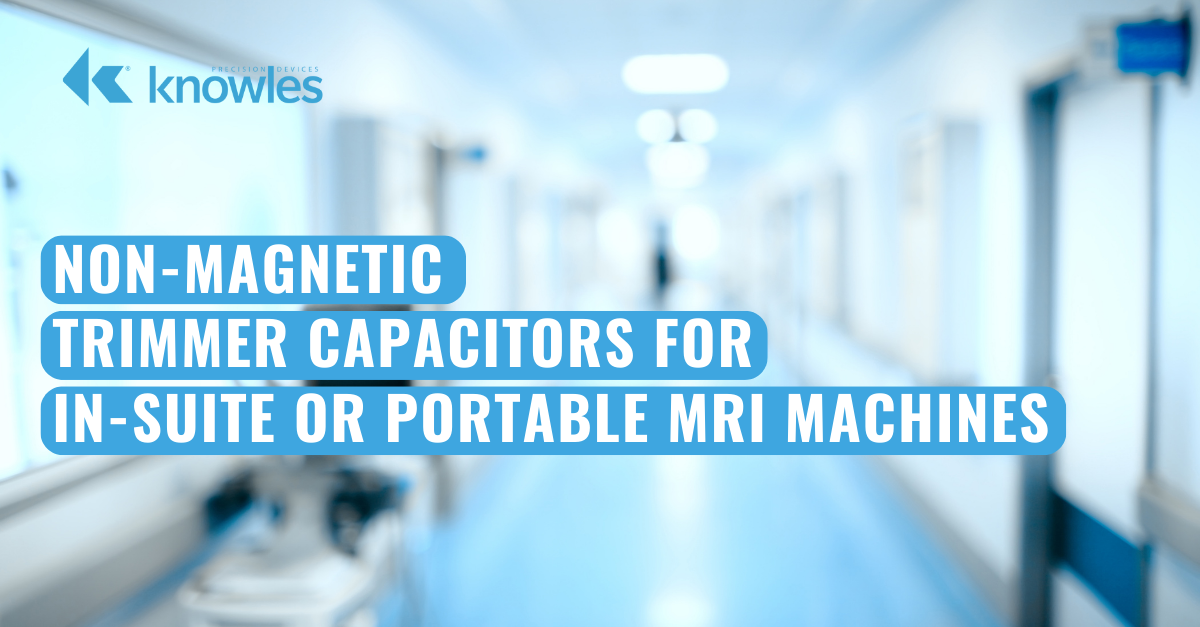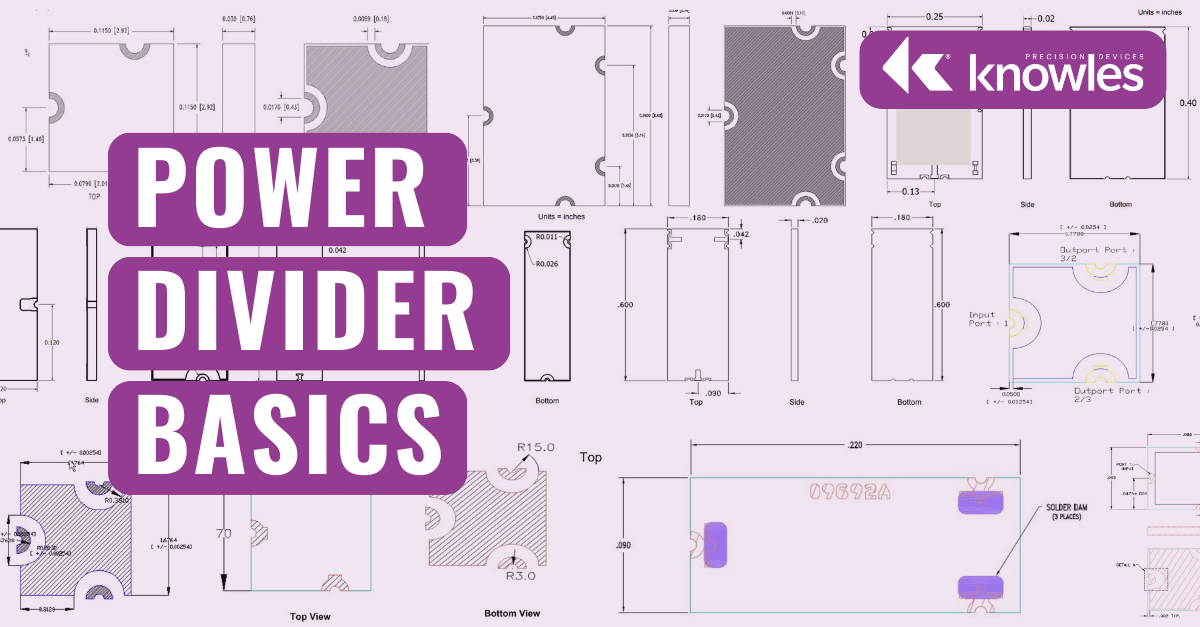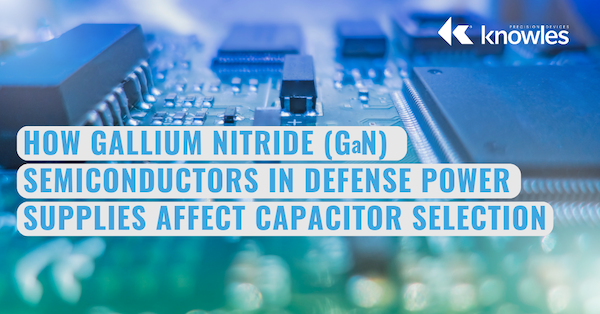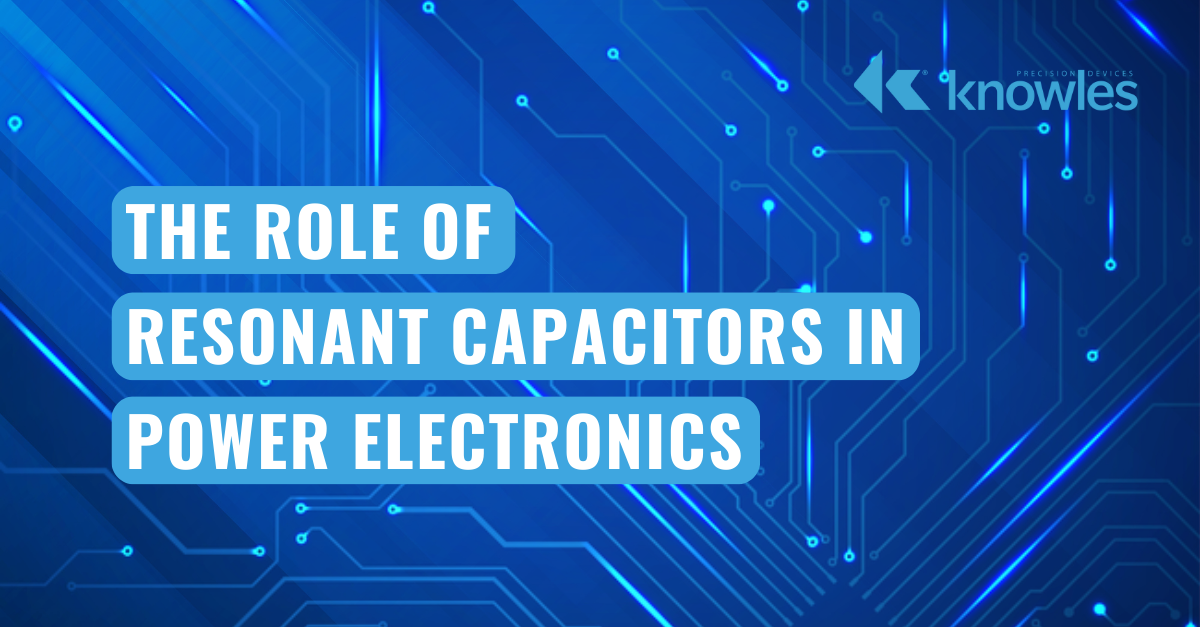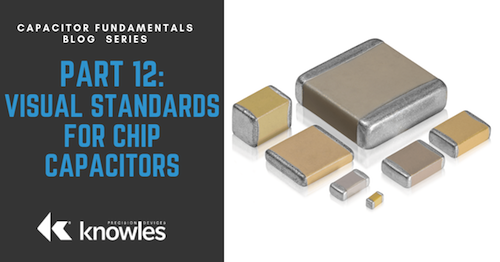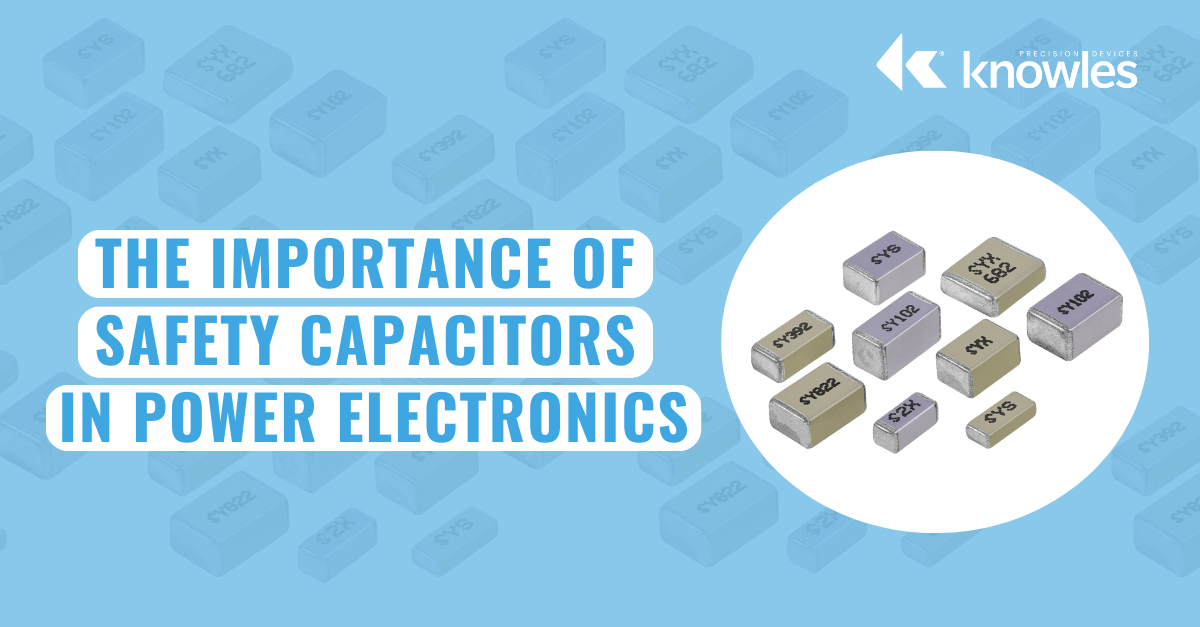With the rising prevalence of cardiovascular, orthopedic, and other chronic conditions, and an increase in the number of patients needing care, the demand for implantable medical devices continues to increase.
Resonant Wireless Power Transfer in Implantable Medical Devices
Capacitor Fundamentals: Part 14 – Useful Formulas and Calculations for Capacitors
Welcome to the Capacitor Fundamentals Series, where we teach you about the ins and outs of chips capacitors – their properties, product classifications, test standards, and use cases – in order to help you make informed decisions about the right capacitors for your specific applications. After describing soldering for capacitors in our previous article, let’s discuss common formulas and calculations for capacitors.
Topics: Capacitor
Capacitor Fundamentals: Part 13 – Soldering for Chip Capacitors
Welcome to the Capacitor Fundamentals Series, where we teach you about the ins and outs of chips capacitors – their properties, product classifications, test standards, and use cases – in order to help you make informed decisions about the right capacitors for your specific applications. After describing visual standards for chip capacitors in our previous article, let’s discuss chip attachment and termination guidelines.
Topics: Capacitor
Non-Magnetic Trimmer Capacitors for In-Suite or Portable MRI Machines
MRI systems are so robust and require so much infrastructure that they need their own dedicated room—until recently.
A portable magnetic resonance imaging (MRI) system, or point of care (POC) MRI machine, is a compact, traveling device that’s designed for patient imaging outside of the traditional MRI suite (e.g., emergency rooms, ambulances, rural clinics, field hospitals, etc.)
Radio frequency (RF) power dividers are designed to split an incoming signal into multiple outputs such that there’s a portion of the original signal’s power in each output. Given their critical function, power dividers play a particularly important role in antenna systems, telecommunications, and signal processing.
Topics: Capacitor, Military and Aerospace, High Reliability
How Gallium Nitride (GaN) Semiconductors in Defense Power Supplies Affect Capacitor Selection
Defense applications tend to operate at high voltages and wide temperature ranges. They require components with increased efficiency, reduced size, and high power density. Because a wideband gap (WBG) semiconductor embodies these characteristics, defense and aerospace systems are increasingly using Gallium Nitride (GaN) for power conversion.
Topics: Capacitor, Military and Aerospace, High Reliability
The Role of Resonant Capacitors in Power Electronics
At a foundational level, the ability to store electric charge and more easily pass higher-frequency AC currents are two of the most identifiable properties of capacitors. However, at very high frequencies, the ideal behavior of a capacitor can be compromised. In those situations, the parasitic, resistive and inductive components of a capacitor have an outsized influence on its behavior.
Topics: Capacitor
Capacitor Fundamentals: Part 12 – Visual Standards for Chip Capacitors
Welcome to the Capacitor Fundamentals Series, where we teach you about the ins and outs of chips capacitors – their properties, product classifications, test standards, and use cases – in order to help you make informed decisions about the right capacitors for your specific applications. After describing high reliability testing in our previous article, let’s discuss visual standards for chip capacitors.
Topics: Capacitor
The Importance of Safety Capacitors in Power Electronics
Safety capacitors are designed to mitigate the effects of transient voltages and interference in electrical and electronic circuits, especially high-voltage applications, ensuring their safe operation. Even everyday devices need safety capacitors: modems and other telecoms equipment, AC-DC power supplies, power distribution switchgear, and electric vehicles (EVs) and other automotive applications.
Topics: Capacitor
In power electronics, the DC link refers to the section that connects the input and output sides of the power conversion system (Figure 1). The primary function of the DC link is to store energy during the times when the input power is higher than the output power and release energy when the output power demand exceeds the input power. The DC link should include a capacitor that servers as a supporting filter to act as a buffer, minimize voltage ripples, and smooth and stabilize the power flow between various components such as rectifiers, inverters, and other converters in the power system.
Topics: Capacitor


